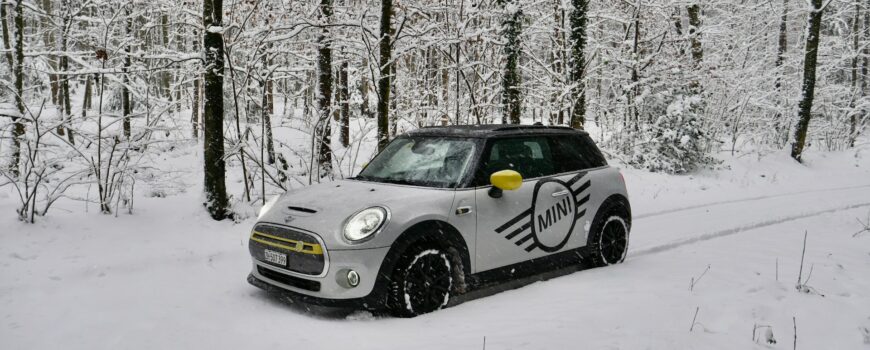Winter can be a challenging time when it comes to looking after your electric vehicle. Ambient temperatures result in slower charging times, costing you more time and money. This can result in ranges that can be 20-30% lower when your battery drops below its usual temperature. Fortunately, the good news is that there are steps that you can take in order to save yourself time and money, increasing the efficiency of your car during those cooler months.
Unsurprisingly, having access to a garage or indoor space can help tremendously when charging your electric vehicle throughout winter, but what can you do if you don’t have a garage? Throughout this article, we will discuss some tips that you can start putting into practice
Tips for Maintaining your EV in winter
Some of the best and simplest methods you can try include:
- Purchasing weather resistant EV cables. By ensuring that your charging cable is protected from the elements and harsh conditions, you can rest assured that your cable will last longer. All our EV charging cables come complete with an IP55 waterproof rating which are safe to use outside, and are also heat resistant when charging for long periods of time. In comparison, many EV charging cables only come with a lower IP44 waterproof rating.
- Smart charging. Be sure to take advantage of your vehicle’s smart charging features, where you can schedule each charge through your chosen app. As EV batteries usually operate between 15 and 35 degrees, during cooler months this will help your battery to warm up before you travel, so that it doesn’t significantly impact your vehicle’s performance.
- Parking in direct sunlight. This is probably one of the simplest solutions that you can try, by leaving your car in the sunlight you can rest assured that your vehicle will already be warmed up and ready to go, which will also help protect the efficiency of your battery.
- Limit the use of heating. If you limit the use of your car’s heating while driving, this will help you use less power so that you don’t accidentally drain your battery from an increase in energy used. The good news is that in newer EV models “heating systems are many times more efficient than the original systems and battery sizes are much greater. As such, current EVs only suffer fractionally from the use of heating in winter and comfort no longer needs to be sacrificed for range performance.” You can find more information on this in Just EV’s article: EV Heating in winter.
- Plan-ahead. By being organised, you will give yourself plenty of extra time to charge your EV as well as the time to look up quicker routes on your journey, resulting in less stress when it comes to the day.
- Immediate departure. If you can manage to set off as soon as your vehicle is charged and unplugged, this will help to ensure that your battery is already pre-heated, and save you the time and hassle of warming your vehicle up beforehand.
- Charge to full capacity. Try to ensure that your battery is fully charged – or is as close as it can get, before setting off. This will help to maintain your EV’s performance. Furthermore, try not to let your battery fall below 20% as this can impact the performance of your vehicle, and nobody wants to deal with a flat battery in the winter weather.
- Regular checks. It’s always good practice to regularly check your fluid levels, air filter, and tyre pressure before setting off, and as EVs need less maintenance than fuelled vehicles, these necessary basic checks won’t take much of your time, however, they will give you peace of mind.
Although winter can be a tough time for drivers, by using the recommended tips above, you will be more prepared for any battery or performance-related issues that you may encounter, during those cooler months.
If you enjoyed reading this article, you might also enjoy: Electric Vehicle Charging Cables Help – How do the Types and Phases differ? and Why is my electric car not charging?
